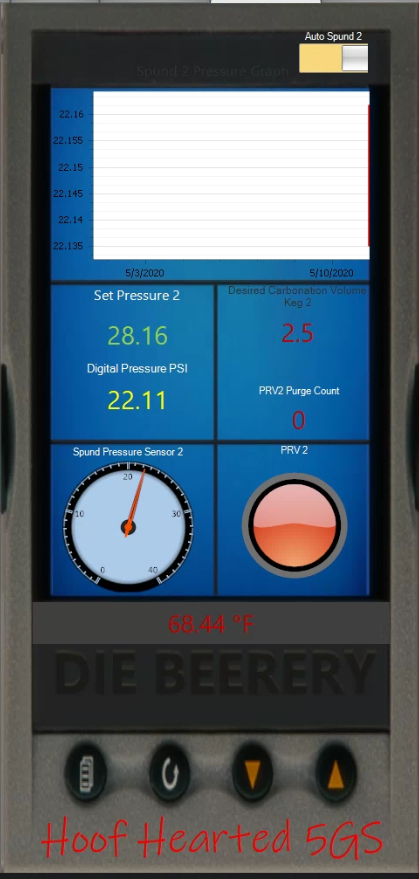shoreman
Well-Known Member
- Joined
- Feb 1, 2012
- Messages
- 1,352
- Reaction score
- 413
For those that keg condition, can you post what your process is? Do you use any online calculators for certain styles?
I recently conditioned a keg and found that the first few pints were super foamy and the carbonation in the beer was a bit underwhelming. The foam and head was fantastic, but not super carbonated - and it was a saison. Would have been perfect for a British style Bitter or something.
I'm hoping to just use bursts of co2 to replace the pressure and keg condition all my beers.
Thanks for any replies.
I recently conditioned a keg and found that the first few pints were super foamy and the carbonation in the beer was a bit underwhelming. The foam and head was fantastic, but not super carbonated - and it was a saison. Would have been perfect for a British style Bitter or something.
I'm hoping to just use bursts of co2 to replace the pressure and keg condition all my beers.
Thanks for any replies.





































![Craft A Brew - Safale BE-256 Yeast - Fermentis - Belgian Ale Dry Yeast - For Belgian & Strong Ales - Ingredients for Home Brewing - Beer Making Supplies - [3 Pack]](https://m.media-amazon.com/images/I/51bcKEwQmWL._SL500_.jpg)




















